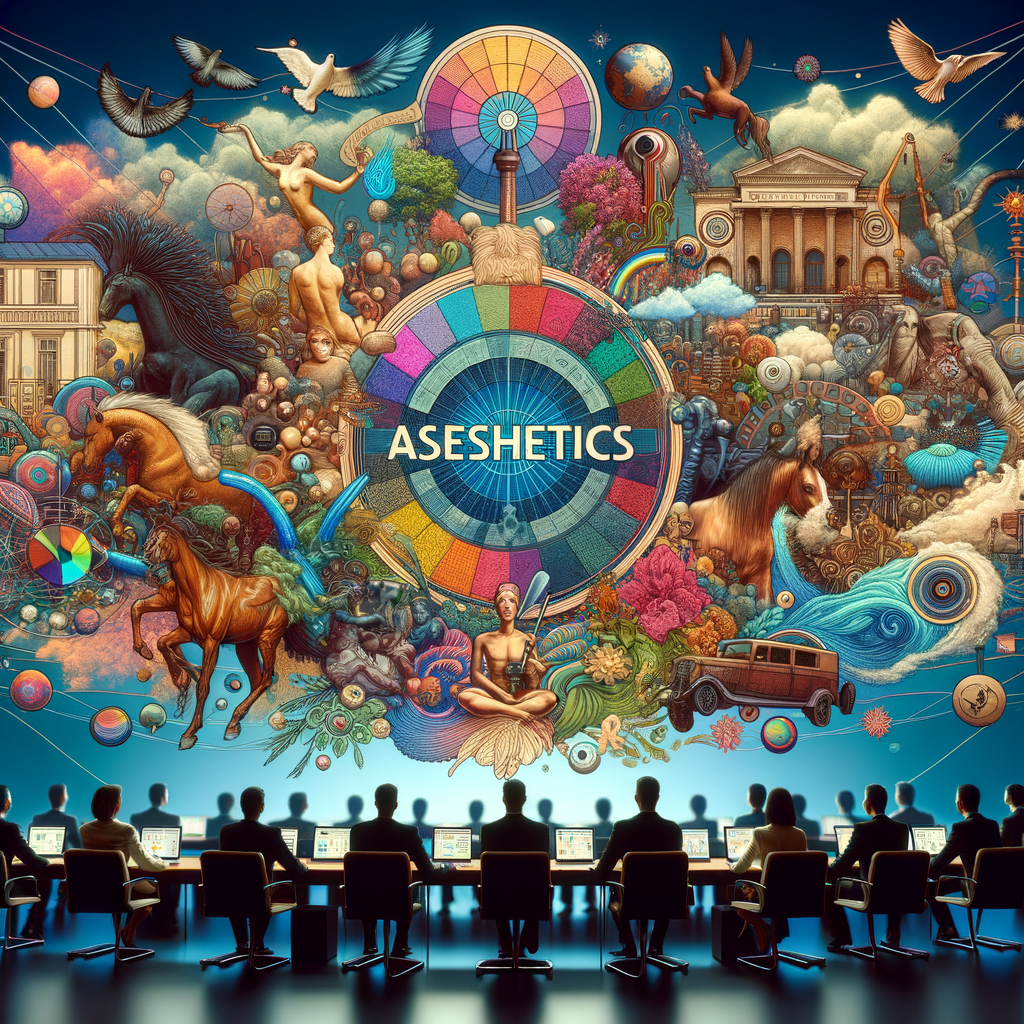Introduction:
In recent years, China’s counterfeit culture has gained international attention for its unique approach to imitation and innovation. Shanzhai, a term originally used to describe counterfeit electronics, has evolved into a thriving subculture that embraces and transforms existing designs to create something new and unexpected. This phenomenon has sparked fascination and debate among consumers, designers, and scholars alike, as they navigate the complex relationship between authenticity and creativity in a globalized world.
The Allure of Shanzhai: China’s Thriving Counterfeit Scene
The allure of Shanzhai lies in its ability to challenge traditional notions of authenticity and originality. Rather than simply copying existing products, Shanzhai creators often inject their own twist and creativity into their designs, resulting in products that are both familiar and unique. This playful approach to imitation has captured the imagination of consumers who are drawn to the novelty and unpredictability of Shanzhai products.
One of the key factors driving the popularity of Shanzhai is its accessibility and affordability. By offering affordable alternatives to expensive luxury brands, Shanzhai products have democratized fashion and design, making it possible for a wider range of consumers to engage with trends and styles that were once out of reach. This democratization of aesthetics has not only expanded consumer choices but also challenged the elitism and exclusivity that often dominate the fashion industry.
Delving into the Intriguing Aesthetics of Shanzhai Culture
Delving deeper into the aesthetics of Shanzhai culture reveals a vibrant and eclectic mix of influences from traditional Chinese motifs to global pop culture references. Shanzhai creators often blend these diverse elements together to create products that are visually striking and culturally resonant. This fusion of styles and influences has led to the emergence of a distinct aesthetic that is both familiar and foreign, inviting viewers to reconsider their preconceived notions of beauty and authenticity.
At the heart of Shanzhai aesthetics is a spirit of creativity and subversion that challenges the status quo and pushes the boundaries of conventional design. By reinterpreting and remixing existing cultural symbols and icons, Shanzhai creators invite viewers to question their assumptions about what is real and what is fake, what is original and what is derivative. This playful and provocative approach to aesthetics has made Shanzhai an intriguing and enigmatic phenomenon that continues to captivate and inspire artists, designers, and consumers around the world.
Conclusion:
In conclusion, the unique beauty of Shanzhai lies not in its ability to replicate or imitate, but in its capacity to reimagine and reinvent. By embracing and celebrating the fluidity and multiplicity of aesthetics, Shanzhai culture challenges us to rethink our definitions of authenticity and creativity, inviting us to explore the rich tapestry of influences and inspirations that shape our perceptions of beauty and originality. As China’s counterfeit scene continues to evolve and innovate, it will be fascinating to see how Shanzhai creators continue to push the boundaries of design and aesthetics, inspiring new conversations and dialogues about the nature of art and culture in a rapidly changing world.

Leave a Reply